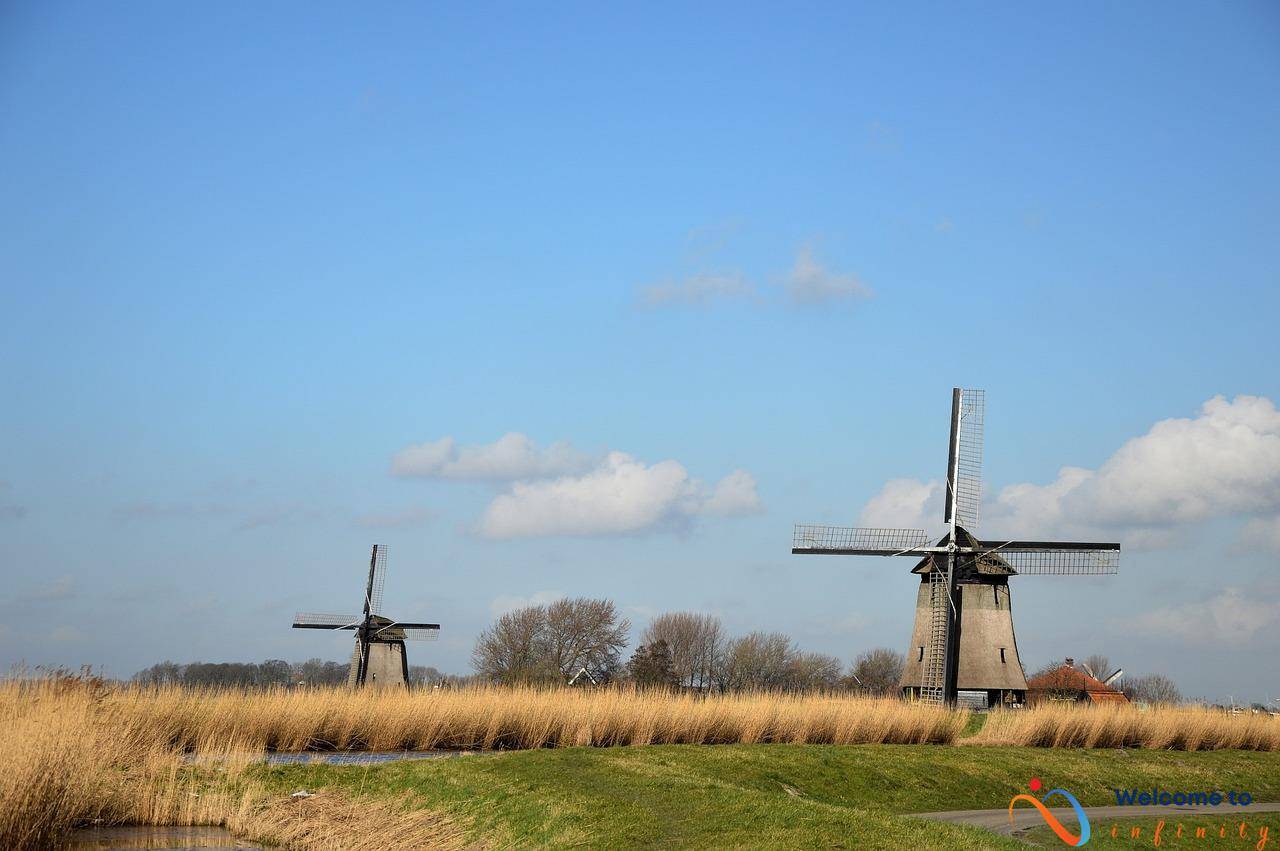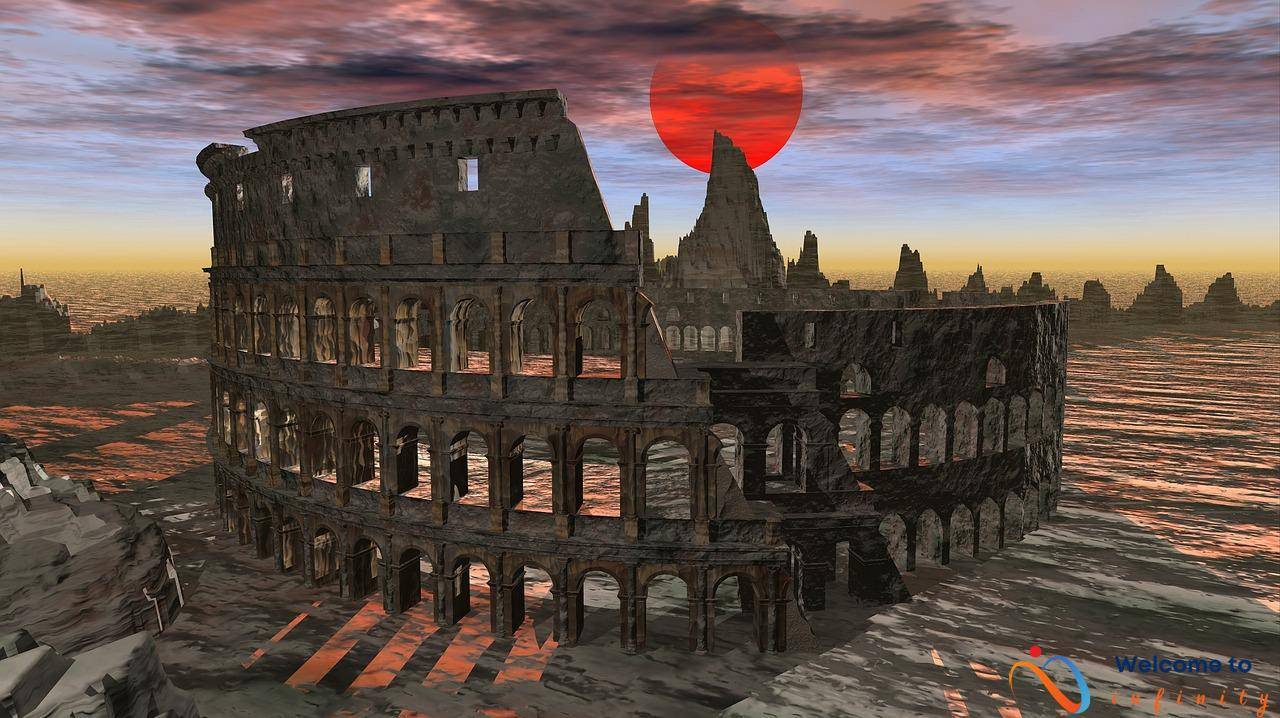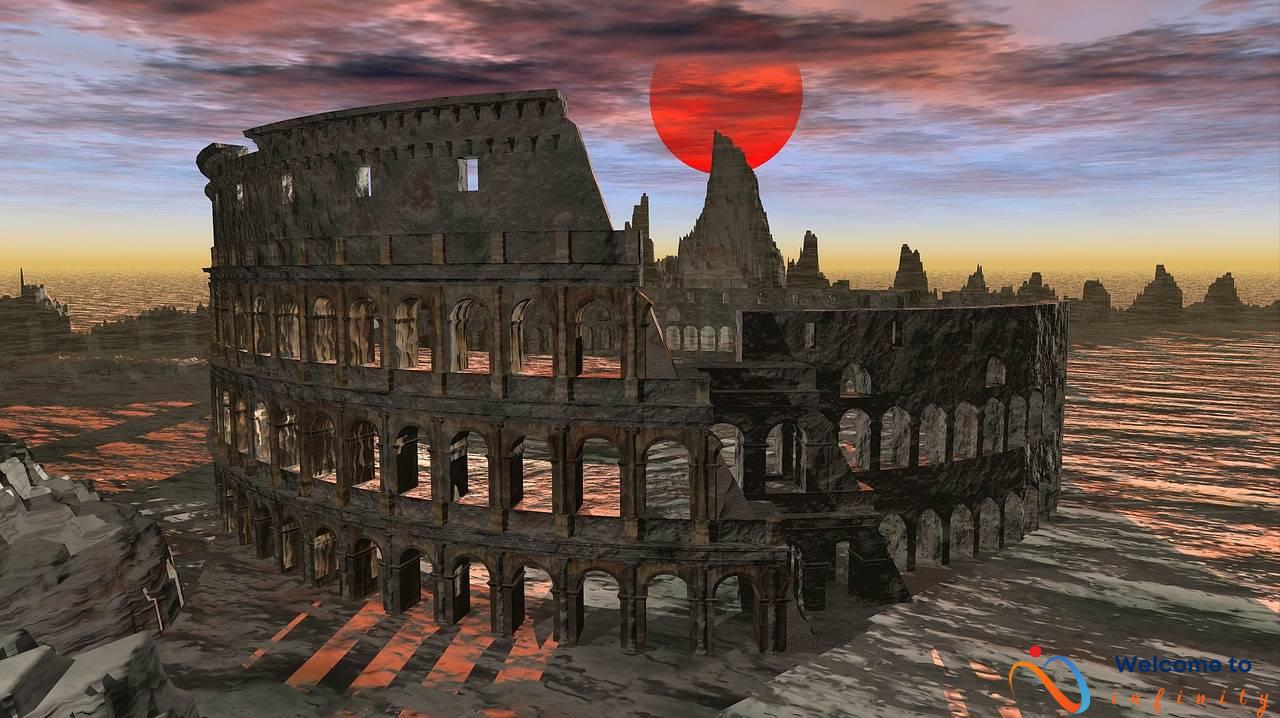Architecture is more than just a collection of buildings. It reflects the culture, art, and history of the society that produces it. Different techniques, styles, and materials have been used throughout history to represent different civilizations and eras. It's fascinating how cultural influences have significantly influenced iconic buildings and styles throughout history, continues to do so in modern times.
For instance, ancient architecture from civilizations such as Egypt and Greece had a significant impact on modern architecture. The buildings were created to showcase power, wealth, and religion and reflect the cultural values of the time. Think of the iconic pyramids, one of the oldest and most recognizable architectural structures known globally, which continue to hold our fascination with its colossal size and incredible construction.
The medieval period, especially in Europe, developed its unique style through the religious and social developments of the time. Gothic, Romanesque, and Byzantine styles were born out of the influence of Christianity. Gothic architecture emerged in the 12th century as an extension of Romanesque architecture. This new style expressed all the values of Catholic Christianity and reflected the spirit of the new era. The famous Notre-Dame and the Cologne Cathedral are excellent examples of Gothic-style architecture.
During the Renaissance period, architecture and the arts prospered. This period saw the birth of several concepts such as perspective and geometric principles. The Renaissance period is famous for its unusual and unique style, characterized by clarity, symmetry, and proportion. Famous buildings like St. Peter's Basilica and Cistine Chapel showcase the pinnacle of Renaissance-style architecture.
Today, modern architecture is influenced by cultural changes, art, social needs, and technological advancements. This movement aimed at merging art and functionality. Modern buildings are characterized by their asymmetry, simplicity, and minimalism. Famous modern buildings like the Guggenheim Museum and the Fallingwater Residence exhibit the exciting fusion of engineering, art, and culture.
Ancient Architecture
Ancient architecture from civilizations such as Egypt and Greece has had a profound influence on modern architecture. Ancient buildings were designed as a reflection of the society's cultural values and beliefs, as well as to showcase their power and wealth. The architecture was an expression of their creativity and skill which has served as inspiration to architects throughout history.
Egyptian architecture is known for its grandeur and immortality. The Pyramids of Giza, one of the Seven Wonders of the World, is a testament to their skillful method of engineering and construction. The buildings were constructed to serve as tombs for the Pharaohs and were designed to resemble the shape of the sun's rays. The temples and statues of Egypt were also some of the most iconic buildings of its era.
Greek architecture, on the other hand, was influenced by their religious and philosophical beliefs. The Greeks emphasized balance, symmetry, and proportion in their architectural designs. They also believed in refining and enhancing the human body by creating statues and buildings which celebrated the human form. The iconic Parthenon temple is a prime example of Greek architecture and considered to be one of the most significant buildings of all time.
Ancient architecture from Egypt and Greece has immensely influenced modern architecture. Architects have borrowed concepts such as balance, symmetry, and proportion that characterize ancient buildings to modern building designs.
Medieval Architecture
Medieval architecture is a reflection of the cultural and social changes that took place during the period from the 5th century to the 15th century, particularly in Europe. This era saw the development of unique styles of architecture that were influenced by religion and cultural values. Medieval architecture can be broadly classified into three styles, i.e. Gothic, Romanesque and Byzantine.
The Medieval period was dominated by the influence of Christianity on art and architecture. Churches, cathedrals, and religious structures were built with the aim of showcasing the power, wealth and religious devotion of the patrons. Romanesque architecture was the first style to emerge, characterized by sturdy stone walls, barrel vaults and rounded arches. While Romanesque architecture was mainly used in fortress buildings, bridges, and monasteries, Gothic architecture developed in the 12th century, had a more elaborate design and was meant for cathedrals and religious buildings.
Gothic architecture emerged with the aim of creating awe-inspiring structures that would reflect the glory of God. Pointed arches, ribbed vaults, rose windows, and flying buttresses were some of the design elements that distinguished Gothic style from Romanesque. Gothic architecture was born out of the influence of Christianity and the social and cultural changes that occurred during the medieval period. The Notre-Dame Cathedral and the Cologne Cathedral are some of the famous examples of Gothic architecture.
Byzantine architecture developed in the Eastern Roman Empire and was characterized by the use of domes, thick walls, and mosaic decorations. Byzantine architecture is known for its grandeur and magnificence and had a significant influence on religious and secular buildings in medieval Europe. The San Vitale Basilica in Ravenna, Italy is a prime example of Byzantine architecture.
In conclusion, Medieval architecture reflected the cultural, religious and social developments of its time. Gothic, Romanesque and Byzantine styles were the hallmark of this period, and they influenced modern architecture in many different ways.
Gothic Architecture
Gothic architecture emerged in the 12th century as an extension of Romanesque architecture. It was a style that aimed to express all the values of Catholic Christianity, with high ceilings, pointed arches, and flying buttresses. The use of Gothic architecture was not only to create an aesthetic but to evoke a sense of wonder, reverence, and spiritual awe in the viewer.
The gothic style appeared at a time of increasing prosperity and advancement in Europe. Gothic buildings were bold and dramatic and reflected the spirit of the new era. They had a heavy reliance on light and shadows, with tall windows and ornate tracery, creating intricate patterns of light inside. Famous examples of Gothic architecture include the stunning Notre-Dame and the Cologne Cathedral. Both are magnificent examples of this intricate and complex style.
The Gothic era saw the rebirth of stained glass windows that had been lost in earlier periods, and this art form quickly became a hallmark of the Gothic era. Another notable feature of Gothic architecture was the use of gargoyles, which were used to divert rainwater away from the building and add a level of intimidation to the structure.
The Gothic era was not just a time of architectural innovation but also one of social change. During this period, the Catholic Church was the dominant force in society, and Gothic architecture was used to reinforce its power and influence. The style represented the church's vision of the universe and its place within it, with tall spires and sweeping arches reaching towards the heavens.
Renaissance Architecture
During the Renaissance period, architecture and the arts flourished. This period was marked by a rebirth of classical knowledge and the development of new concepts such as perspective and geometric principles, which greatly influenced architectural design. Renaissance architecture is characterized by clarity, symmetry, and proportion, and it is known for its attention to detail.
The most famous buildings of this period are St. Peter's Basilica and the Sistine Chapel in Rome, designed by some of the greatest architects of the time, including Michelangelo and Bramante. St. Peter's Basilica features a grand plan and magnificent dome, while the Sistine Chapel is masterfully decorated with frescoes that tell the story of the Bible.
Renaissance architecture was not just confined to Italy. It spread throughout Europe, influencing buildings such as the Palace of Versailles in France, the El Escorial in Spain, and the St. Paul's Cathedral in London. Each of these buildings reflects the distinct styles of the countries where they were built, but all share the common Renaissance features of symmetry, proportion, and attention to detail.
The Renaissance period saw a renewed interest in classical architectural styles, and it is known for its use of columns, pediments, and domes. These features were used to create buildings that were not only beautiful but also functional, emphasizing the harmony between form and function. The Renaissance period was truly a golden age for architecture, and its influence can still be seen in buildings across the world today.
Modern Architecture
Modern architecture is a product of various cultural changes, artistic movements, social needs, and technological advancements. As the world evolved throughout the 20th century, modern architects sought to merge beauty and functionality in order to create structures that were both aesthetically pleasing and practical in their usage.
Modern buildings are characterized by their asymmetrical shapes, simplistic designs, and minimalistic approach to ornamentation. The structural elements of these buildings become the focal point rather than artful decoration. This gave rise to the expression, “form follows function.” It means that the structural requirements of a building should dictate its design, rather than any other artistic or superficial consideration. This belief was one of the driving forces of modern architecture.
The Guggenheim Museum in New York City is a prime example of modern architecture at its best. Designed by Frank Lloyd Wright, the museum's unique structure appears to spiral upwards, drawing the eye to the impressive collection of art within its walls. Similarly, the Fallingwater Residence in Pennsylvania, also designed by Frank Lloyd Wright, combines natural elements with modern architectural design to create a striking home that blends in perfectly with its surroundings.
In conclusion, modern architecture has transformed the way we approach building design. Today, architects continue to be inspired by modern architects and incorporate their ideas and principles into their own creations.









